For almost 100 years, parts of north, east and central England were ruled by Norsemen. The area retains a strong Viking legacy to this day.
If you've looked into the Viking Age in the past, you've likely come across the term Danelaw. This was used to refer to the areas of England occupied by Vikings from the late 8th century.
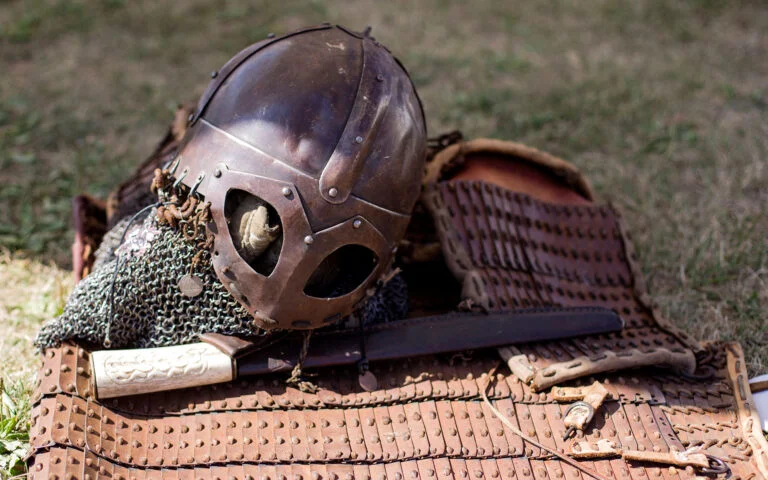
Danelaw was created by treaties signed between Alfred the Great of Wessex, and the Viking warlord Guthrum, following Alfred's victory at the Battle of Edington in 878. Let's take a look at what led up to this point.
The Viking Age was a period of time during which traders and raiders from Scandinavia changed the face of northern and western Europe. This was especially true in the British Isles.
From raids to settlement
Although the beginning of the Viking Age was a gradual shift, most people take the Lindisfarne attack as the start date.
Although it wasn't the first attack on the Britain, the raid on Lindisfarne was by far the most significant. We also have written sources, thanks to the Anglo-Saxon Chronicle and a letter from the monk Alcuin to Bishop Higbald.
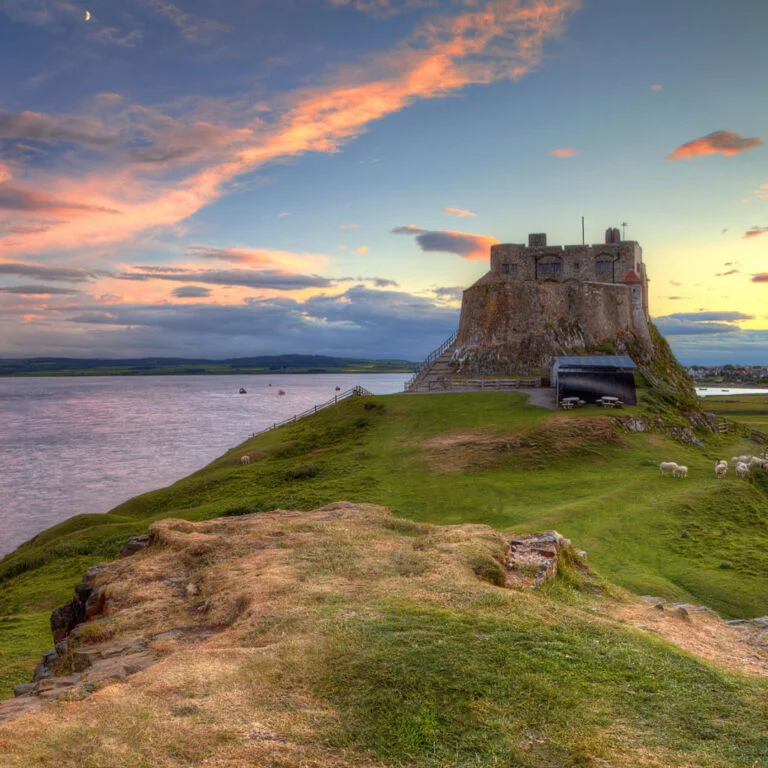
The vicious, surprise changed the way the northmen were perceived not just in Britain, but throughout Europe.
However, the Norse weren't just bloodthirsty warriors. Back home, they were simple farmers and fishermen, who struggled with the relative lack of arable land in Scandinavia.
After 72 years, what the Anglo-Saxon Chronicle deemed the ‘Great Heathen Army' invaded England. Unlike on previous visits, they were not there to loot but rather to settle the farmland.
To do that, they had to conquer the Anglo-Saxon kingdoms of Mercia, Wessex, Northumbria and East Anglia.

Ten years after the invasion, the Norse had toppled the leadership of two of the four Anglo-Saxon kingdoms. A third was under heavy influence, while only Wessex remained truly independent.
That was because the Wessex king Alfred had paid a substantial amount to Viking King Halfdan to turn around and return to York. However, another Viking leader, Guthrum, craved a kingdom of his own and had made no such deal with Alfred.
Invasions of Wessex
In the middle of winter, Guthrum's army left their Cambridge base and marched to Wareham in Wessex. Without warning, Wareham was Norse.
However, Alfred was able to raise enough opposition from across Wessex to lay siege to Wareham and prevent supplies reaching the settlement.
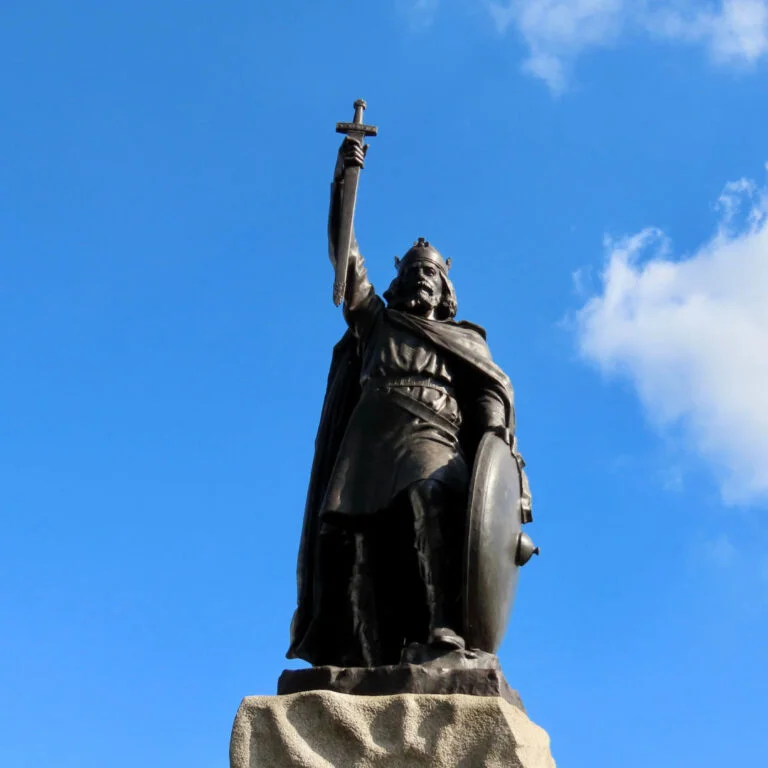
Tiring of the stalemate, Alfred offered to negotiate. Alfred offered a similar deal to the one offered to Halfdan, which he accepted. However, Guthrum didn't give up.
After a few more failed attempts at invasion, Guthrum launched a surprise attack on Alfred and his court during Christmas celebrations in Chippenham.
Guthrum's attack succeeded and although Alfred fled, some Wessex noblemen began to recognise Guthrum's power. Conflict continued, until Guthrum's and Alfred's armies met at Eddington. Wessex came out on top, and Alfred once again offered terms.
Creation of Danelaw
After being christened, Guthrum would rule East Anglia as a friend of Wessex. Guthrum opted out of future attempts to conquer Wessex and even minted coins with the Christian name given to him by Alfred.
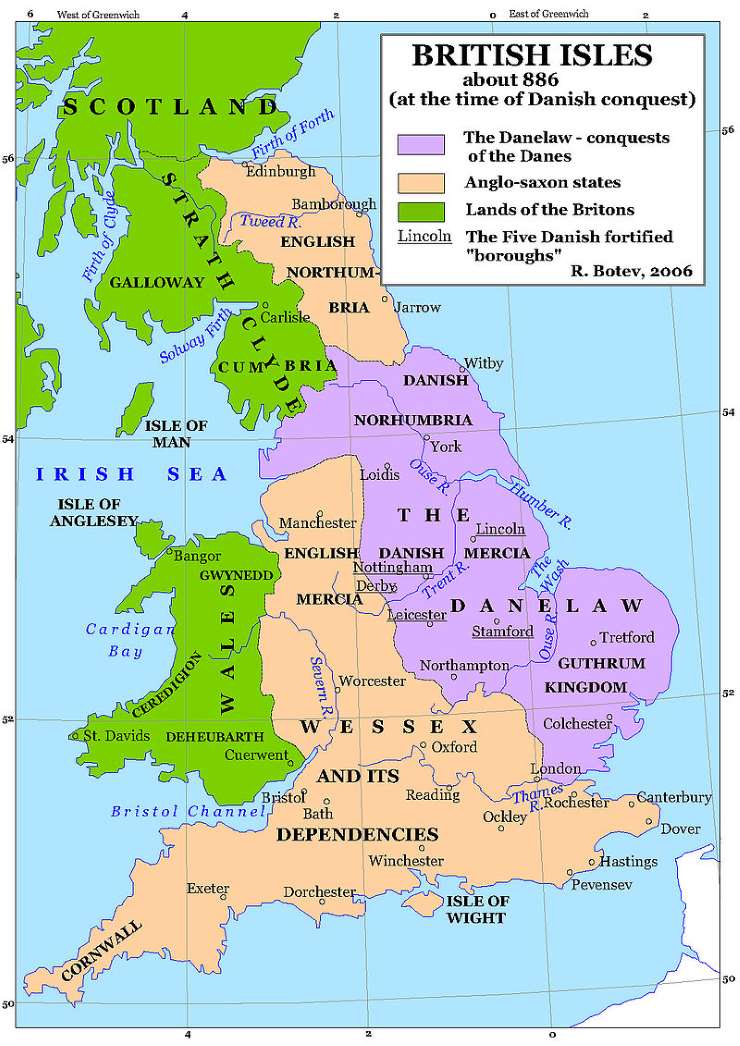
The agreement eventually led to a treaty between Alfred and Guthrum, which outlined the political boundary between Wessex and the Scandinavian held territory.
For the first time, there was now a written agreement of an area where Viking laws and customs held sway. The area became known as Danelaw.
The treaty also provided avenues aimed at reducing conflict and increasing trade between the two peoples.
Settlement of Danelaw
Roughly speaking, Danelaw covered the area of England that is today comprised of these 15 shire counties: Leicester, York, Nottingham, Derby, Lincoln, Essex, Cambridge, Suffolk, Norfolk, Northampton, Huntingdon, Bedford, Hertford, Middlesex, and Buckingham.
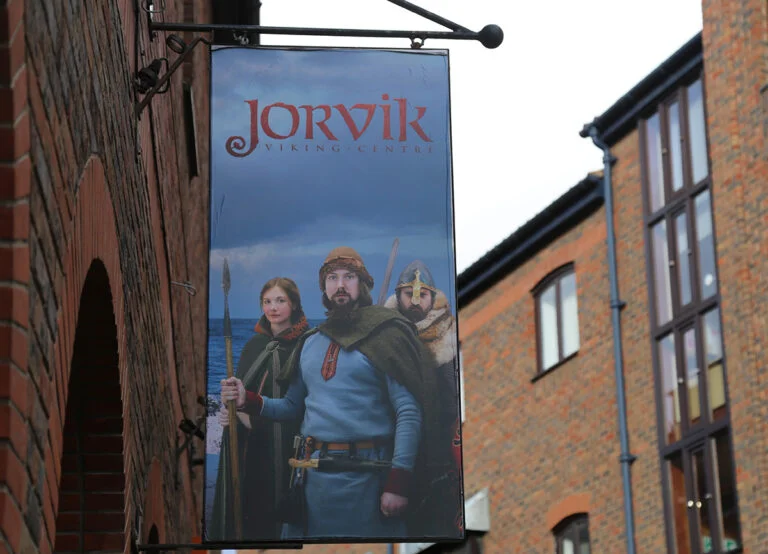
Although the Norsemen did not intensively settle all of Danelaw, there were five important settlements in addition to the centre of power in Jorvik (York): Derby, Leicester, Lincoln, Nottingham and Stamford.
These five towns became known as the five boroughs, each ruled by a different Viking Jarl. Each had a lot of independence, although the elite of Jorvik held overall control. For the next 80 years, the Norse and Anglo-Saxons lived side-by-side.
Everyday life in Danelaw
We often hear about Danelaw in a historical and political context. But what about everyday life for people living under the Scandinavian rule?
While the era is associated with violence, everyday life for most people probably wouldn't have changed a great deal. People lived with their families, tended crops and livestock or made items to trade.
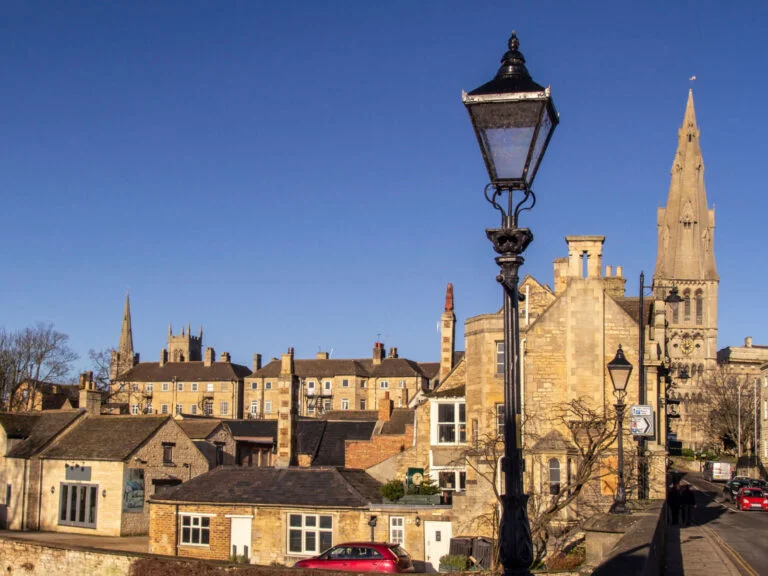
That being said, there would certainly have been a lot of cultural mixing. People from Scandinavia moved in large numbers to the Danelaw, in many cases marrying into families.
Viking rulers began to mint their own coins, and make changes to the social structures that reflected how things worked in Scandinavia.
In fact, some scholars suggest that Danelaw provided better rights and more freedoms. Many legal concepts were compatible with the previous ones, while the poorest farmers tended to have more autonomy.
The end of Danelaw
As generations passed, conflicts began to escalate between the Danelaw and Wessex once again.
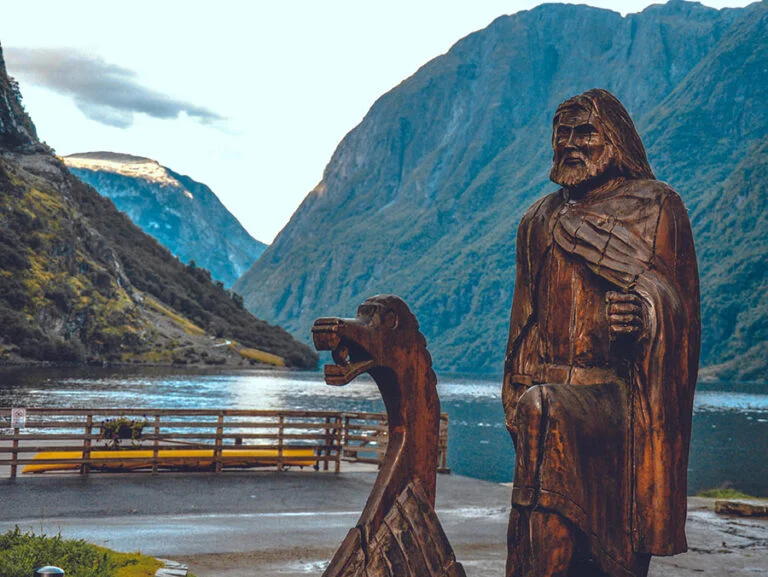
During peacetime, Alfred had built up both his forces and defensive forts. His eldest daughter and grandson went on to play key roles in the conquest of Danelaw.
The five boroughs of Danelaw eventually fell. Jorvik changed hands several times. Danelaw came to an end in the year 954, when Eric Bloodaxe was driven out of Northumbria.
After the restoration of Anglo-Saxon power, many of the laws and customs from Danelaw were retained. Its legacy can still be clearly seen today in the place names throughout the region.
That being said, although Danelaw was no more, the story of the Vikings in Britain was far from over. They returned in the early 11th century, but that's a story for another time.

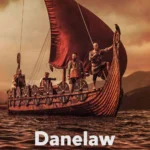

King Knud lost his shirt in the Wash, or so we were told.
The story is that he got tired of sycophants telling him how powerful he was and that he could command the tide not to come in. So, he told them he’d check it out and when the tide came in, he lost items in the Wash (a large feature in the coastline of Norfolk).
I’m a Celt and the Norsemen never conquered Wales or Cumbria. Maybe the land was not suitable for farming, and they didn’t bother us. Strangely neither the Saxons nor the Norse ever used Celic words and there aren’t any Norse or Anglo-Saxon words in Wales.
Both the Brits and the Canadians could use Proportionate Representation when they vote, especially the Brits. Greetings from Canada.
Tenby is a Danish place name which is in Wales but ive no idea of its origins
Hi
Do you know the name of the treaty between Alfred and Halfdan that secured the Danelaw?
Thanks
The Treaty of Wedmore.